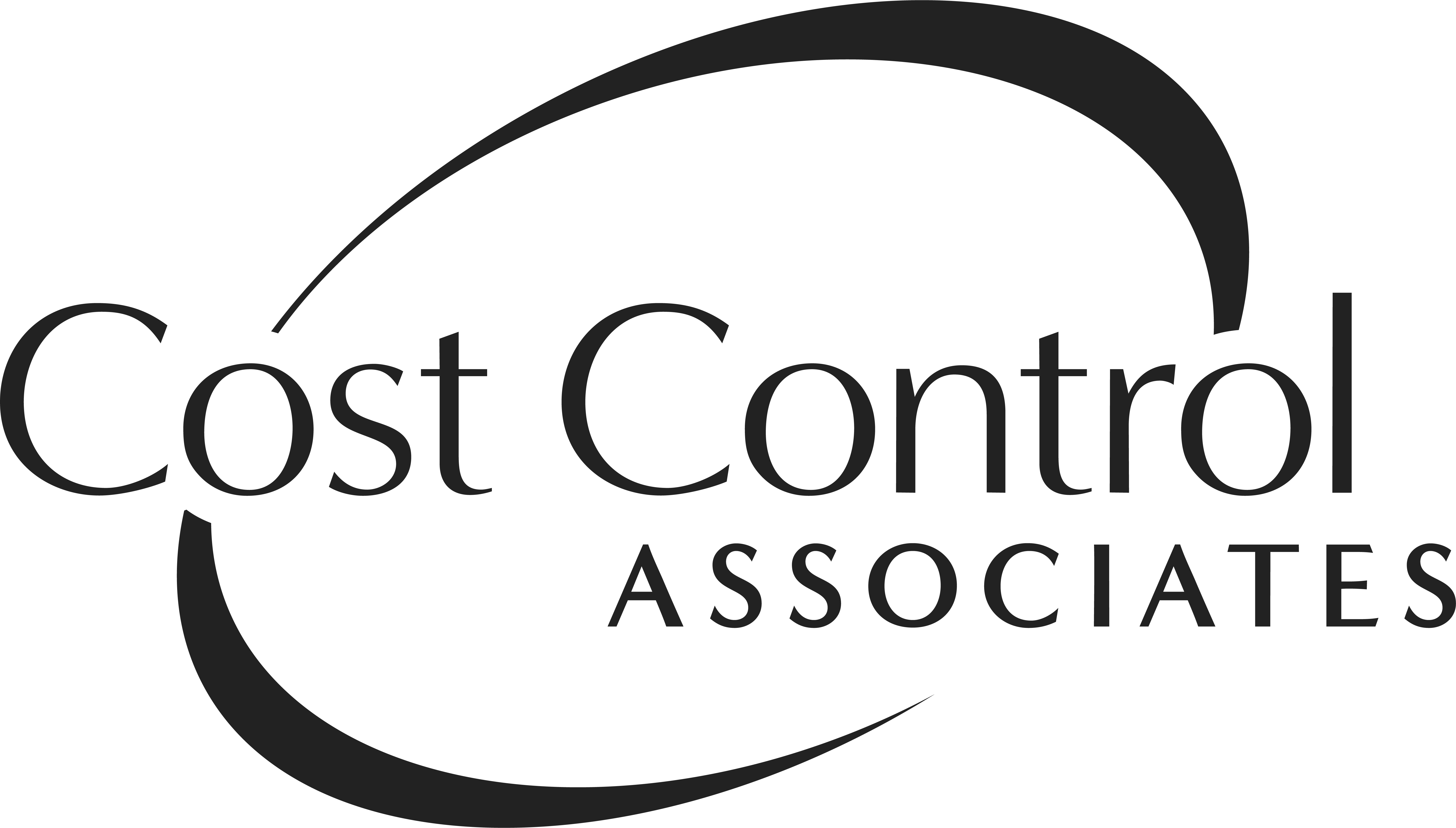Once upon a time in the environmentally conscious 1970s, the Three Rs of waste management—Reduce, Reuse and Recycle—were the new watchwords for waste management. It was the dawn of a new age as recycling programs popped up in towns and cities across the U.S. Citizens quickly became accustomed to setting aside their daily newspapers, used plastic containers and glass bottles and jars
Businesses and organizations got on board with their own recycling programs. They realized recycling practices garnered public admiration, satisfied earth-friendly employees and, best of all, saved money on trash removal. Recycling became so popular that people saw it as the single panacea for our waste woes. They started to believe that as long as they recycled, they could use as many resources as they wanted.
Recycling got so big that the message to reduce and reuse faded away. Then something funny began to happen. People looking for inexpensive ways to dress up their home décor got creative. “Repurposing” emerged as the new trend. Old chairs with punched out seats started showing up as homey planters on front porches, and mismatched plates were hung in groupings on bedroom walls. Instead of buying brand new items, people had started to reduce and reuse again.
These days recycling programs are struggling with lower commodity prices and higher operational costs. Making matters worse, the ease of single-stream recycling has caused more problems than it solved, because the integrity of recyclable materials are spoiled when mixed with everything else. Glass, one of the most recyclable products on earth, doesn’t survive single-stream handling. Broken pieces are dangerous and difficult to separate from other items. About 25 percent of what we try to recycle via single stream is too contaminated to go anywhere but the landfill.
The good news is that the concepts of reducing and reusing are making a comeback! The modern term for it is “waste minimization.” Instead of depending on disposal through recycling or dumping in landfills, waste minimization shifts the focus to create less waste in the first place.
5 Business Benefits of Reduced Waste
It’s a simple fact that when you buy less, you spend less. Businesses can decrease supply-chain consumption, lower energy usage and cut back or avoid hazardous materials that are expensive to handle and dispose of. Minimization forces organizations to improve inventory management, too.
Waste minimization is good for business! Consider these 5 benfits:
1. A Better Bottom Line
Analyze your business’ waste stream, and brainstorm ways to find other uses for those materials. Look at your supply chain to see if you are buying unnecessary products or if a change in business or manufacturing practices can eliminate or reduce items you buy often. Improve your inventory management to cut down on over-ordering or missed expiration dates. You’ll reduce purchasing and disposal costs as well as improve operational efficiencies.
When you increase your recycling efforts, you divert potentially valuable resources from the landfill, and that lowers your waste costs. Talk to your waste-disposal vendors to ask how you can expand your recycling to align with their pick-up services. Promote your activities to build your brand.
2. Reduced Greenhouse Gas Emissions
Waste reduction can help fight climate change by cutting your contributions to the greenhouse gas effect. Buying recycled products or manufacturing your own products from recycled content completes the circle by creating a market for recycled materials. When products are made from recycled materials, less energy is spent in the extraction, transportation and processing of raw materials.
When less fossil fuel is burned, less carbon dioxide is released into the atmosphere. If your organization involves a fleet of vehicles, re-examine driving routes to cut down on gas usage and decrease emissions. Thick forests absorb carbon dioxide from the atmosphere, so using less paper products allows more trees to grow and thrive. Cut your paper usage in half by making it a business-wide practice to print on both sides.
Have your groundskeepers and landscapers collect clippings from mowed lawns and trimmed shrubbery for composting. Do the same with food waste from the corporate cafeteria, executive kitchens, restaurants and grocery stores. Everyone wins when you prevent naturally compostable materials from going to the landfill where they will release harmful methane into the air.
3. Improved Regulatory Status
Hazardous waste generators, government agencies, small businesses and gas stations with underground petroleum tanks are regulated under the Resource Conservation and Recovery Act (RCRA) guidelines. The Act is the public law that created the framework for a national system of solid waste control, both hazardous and non-hazardous. Congress gave the EPA authority to develop regulations, guidance and policy around that law. The states play a role in issuing permits that ensure compliance with the EPA and state regulations.
Facilities with strong environmental records that go beyond RCRA’s regulatory requirements can earn National Environmental Performance Track status. The EPA offers recognition and benefits to organizations who make the extra effort to use less resources and do more to protect the environment. The EPA WasteWise program helps guide U.S. businesses, governments and non-profit organizations who want to reduce waste and proactively reuse materials.
4. Happier, Safer Employees
It’s your responsibility to protect your employees and keep them safe. A well-designed waste reduction program with trimmed supply chains can cut down on the procurement of hazardous materials, the need to manage toxic waste and the operation of dangerous equipment and storage facilities.
Your employees are directly involved in the day-to-day operations of your organization. Take advantage of their insights to find new solutions for waste reduction. The next generation of employees wants to work for a company that cares. In-house waste reduction programs add to your ability to attract and retain talent while keeping your employees engaged in moving your business forward.
5. Satisfied Customers and Shareholders
Increasingly consumers want to do business with companies that demonstrate their concerns for the environment, and investors want to see some “green” in their portfolio. Practicing waste minimization provides opportunities to market your brand in a new way that resonates with employees, customers and shareholders.
Forward-thinking waste management programs add power to your marketing arsenal. EPA certifications reinforce your story. The more you do, the more you can promote it. Companies such as Levi Strauss, Target, AB InBev (Anheuser-Busch) and many more have established themselves as leaders in the circular economy movement. Waste minimization will position your organization as one that plans to be around for the future by doing the right thing now.
If you seek additional ways to save money on waste removal costs, contact Keith Laake at Cost Control Associates. We are familiar with waste removal companies across the country and can help ensure that you have the services you need and optimal pricing. We can analyze your current invoices for billing errors, examine your usage and track down refunds.
Valerie Paquin is manager of energy services at Cost Control Associates. Since 1999 she has developed her utility-cost expertise for energy, water/sewer, telecom and waste removal. She earned the designation of project executive in 2012. Valerie received her ABA in accounting from State University of New York-Adirondack. Learn more.

